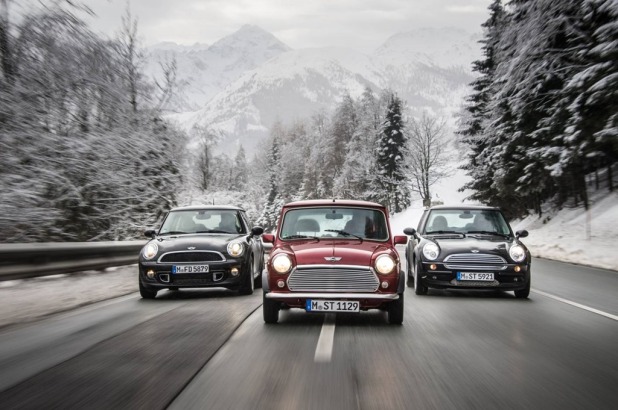MINI seems to have a solid base for surviving the next 50 years. I believe they still need to keep their fans engaged through social media platforms or marketing moves such as the NOT NORMAL campaign. They do however need to find a way to approach niche audiences since it looks like the interests of the people will keep dividing up and breaking into smaller groups.
They might benefit from launching a new car model that will keep the basic values of the previous MINIs but bring the modern ideas and necessities together. In my opinion, MINI will have to remain playful and approachable in their designs and marketing campaigns. However, since globalization is making the world smaller and more accessible, MINI should consider expanding to the new markets. For example, in order to push their products to the African market, MINI will have to rethink their approach and adjust it to a completely different market culture. I see that being accomplished with putting emphasis on the size, cost and marketing strategies.
Developing countries might not utilize social media as much as the Western culture, and that could be a challenge for the MINI. However, they could overcome that obstacle by organizing more “live” events where people could actually see or experience the drive in the MINI. Word of mouth is another form of marketing that could easily be applied to the new market in the developing world. Since developing countries do have different road conditions, MINI will have to focus on improving and adjusting the actual driving features before the marketing and sales plans.
Image source:
http://www.caranddriver.gr/article.asp?catid=33794&subid=2&pubid=7270896




